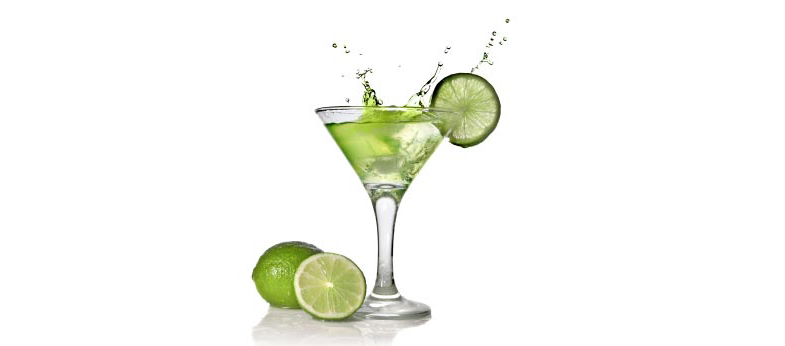The Daiquiri is a drink descending from the family of Punches and Canchancharas, all grouped together by the same basic ingredients: rum, sugar and citrus.

The birth of this Cuban cocktail is linked to different stories, but the most accredited one seems to assign its paternity to two American engineers that worked in Cuba: Jennings S. Cox and Giacomo Pagliuchi. It is told that on an unspecified day in 1898, the two engineers, after having met for the reactivation of an important iron mine, wanted to take a break to drink something.
It was then that Pagliuchi proposed to Cox to prepare a drink, but the only ingredients available were rum, lime, sugar and ice. With these ingredients, Cox decided to prepare what he at the time called “Rum sour”. Pagliuchi enjoyed the taste and the freshness but not the name, so he proposed a new one that was “Daiquiri”, like homonymous beach of an ancient village existing nearby Santiago de Cuba. In the following years the drink had a huge success.
It was so big that the admiral Johnson adopted it as the official drink of the US Navy and decided to place a commemorative plaque at the entrance of the Lodge in Washington, to remember the two engineers.
The popularity of the Daiquiri was also made bigger by Ernest Hemingway, big fan of the drink to the point of drinking several liters a day. It is in fact ascribable to the american writer the famous sentence “Mi Mojito alla Bodeguita, mi Daiquiri alla Floridita“. At the Floridita bar worked the barman Costante, a great friend of the writer, who contributed greatly to the evolution of the Daiquiri. The version of this drink which became the most famous one, thanks to Hemingway and other famous people was the one with the add of the maraschino liquor (obtained from the Marasca cherries) , better known as the “Papa Doble”.
With the passing of the years the changes to the original recipe were many and more, and consequence were multiple recipes in circulation. Today the official one is quoted in the IBA list (Internat. Bartender Association), that returns to the origins,
including rum, lime juice, sugar and ice.
CIGARS TO PAIR
For the cocktail-cigar pairing, the Daiquiri seems very indicate for many reasons: its freshness cools the palate warmed up by the cigar; the sourness increases the salivation that allows the receptors of the tongue to be ready for the next puff; the sugar, other then balancing the drink, balances the bitterness or the astringency of the own smoke.
Montecristo No.5: appetizer cigar. The smoke is earthy and spicy, giving birth to a pairing easy to appreciate. The Daiquiri cleans the palates in every sip, making the aromatic palette of the Montecristo even more enjoyable.

Arturo Fuente Opus X Perfecxion No.4: the Daiquiri refreshes this very spicy smoke, giving off a huge balance, due to the sugary and acidulus notes that are opposite to the piquant peaks of the Opus X.


